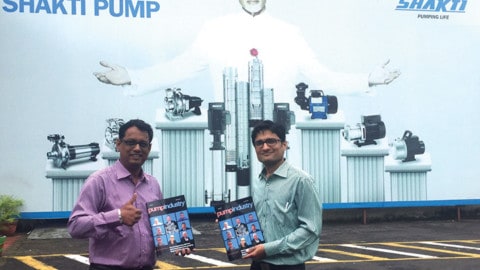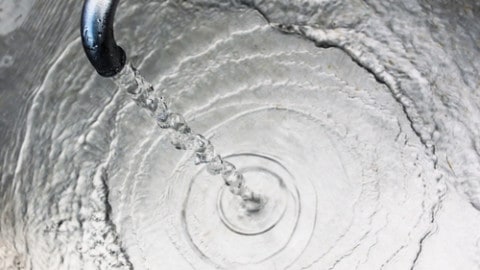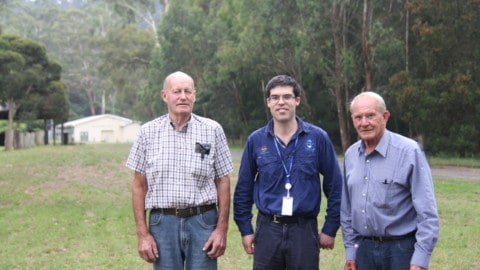The Australian Institute of Refrigeration, Air Conditioning and Heating (AIRAH) has voiced concerns about the impacts of air flow on suitability of hotels as quarantine facilities.
So far, the outbreaks connected to hotel quarantine facilities in South Australia, Victoria and New South Wales have largely been blamed on human error. But according to AIRAH CEO, Tony Gleeson, M.AIRAH, more attention needs to be given to how air movement within hotels could have led to transmission of the virus.
“We now know that aerosols play a major role in spreading COVID-19,” Mr Gleeson said.
“We also know that hotel rooms typically do not have easily openable windows, making it hard to introduce sufficient quantities of fresh air, as recommended by AIRAH and the World Health Organization.
“Beyond that, hotels are generally not built to the construction standards of hospitals, to carefully control air movement.
“Through tremendous sacrifice and hard work, Australia has managed to get the virus under control.
“But overseas, outbreaks of COVID-19 are still increasing in severity. As we prepare to open our international borders again, there will be a need for quarantining to continue well into 2021.
“For Australia’s sake, it is vital we get our quarantine facilities right.”
Long-standing AIRAH member, Clive Broadbent, AM, L.AIRAH, is an expert in this field. At the start of the SARS outbreak in 2003 he was invited by the World Health Organization to travel to Beijing.
His role was to examine the relevance of hospital air conditioning to the spread of infections, after the virus spread among hospital workers and patients.
Using Draeger smoke tubes, Mr Broadbent established that it was not the obvious physical aspects of a hospital (including air conditioning) that were at fault, but rather the building gaps around plumbing rises that allowed air to travel through the multi-storey hospitals.
Similarly, in hotels, the virus could spread not through the air conditioning system but simply via drafts.
“I find it strange and indeed alarming that any reports I have so far seen on the quarantine hotels assumes they will be the major buildings used for international arrivals,” Mr Broadbent said.
“Due to unseen air movement within these buildings they are unlikely to be sound choices for quarantining overseas visitors who may be infected.”
AIRAH recommended that instead of high-rise hotels, single-storey facilities are used. This could be of the demountable type with facilities, and with each room provided with an exhaust fan to maintain negative pressures should the “wards” abut each other.
AIRAH also called on the responsible bodies to conduct smoke tube ventilation assessments for any buildings being considered as quarantine facilities.
Resources on COVID-19 and heating, ventilation, air conditioning and refrigeration (HVAC&R) are available at the AIRAH website: www.airah.org.au/coronavirus















